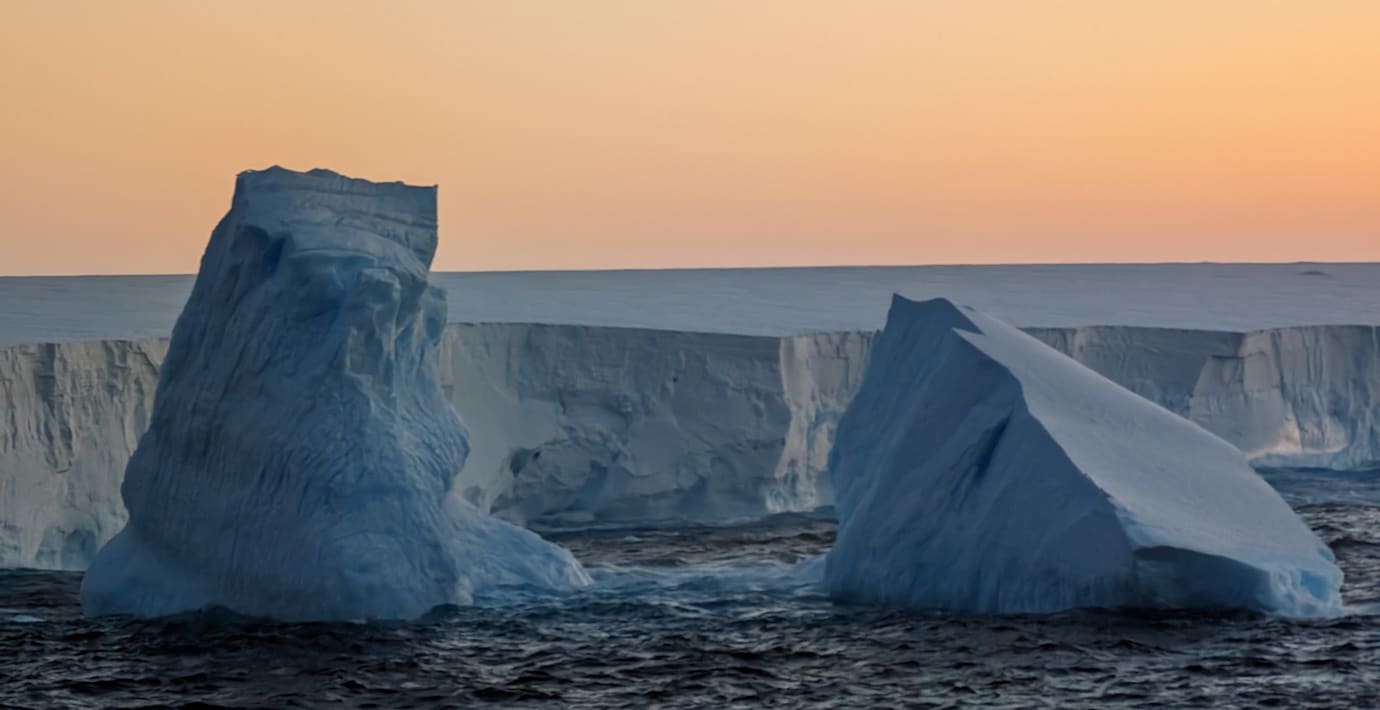
Världens största isberg snurrar runt på stället
Världens största isberg, som har namnet A23a och befinner sig norr om Antarktis, har de senaste månaderna snurrat på stället. Det rapporterar BBC.
Forskare säger att isberget, som till ytan är mer än dubbelt så stort som London, har fångats upp av en roterande vattenpelare.
Normalt borde isberget, som bröt sig loss från Antarktis kust 1986, följa den kraftiga havsströmmen Västvinddriften. I stället rör det sig nu inte någonstans, och forskare tror att det kan förbli på det sättet i flera år.
bakgrund
Fenomenet kallas för ”Taylor column”
Wikipedia (en)
A Taylor column is a fluid dynamics phenomenon that occurs as a result of the Coriolis effect. It was named after Geoffrey Ingram Taylor. Rotating fluids that are perturbed by a solid body tend to form columns parallel to the axis of rotation called Taylor columns.
An object moving parallel to the axis of rotation in a rotating fluid experiences more drag force than what it would experience in a non rotating fluid. For example, a strongly buoyant ball (such as a pingpong ball) will rise to the surface slower than it would in a non rotating fluid. This is because fluid in the path of the ball that is pushed out of the way tends to circulate back to the point it is shifted away from, due to the Coriolis effect. The faster the rotation rate, the smaller the radius of the inertial circle traveled by the fluid.
In a non-rotating fluid the fluid parts above the rising ball and closes in underneath it, offering relatively little resistance to the ball. In a rotating fluid, the ball needs to push up a whole column of fluid above it, and it needs to drag a whole column of fluid along beneath it in order to rise to the surface.
A rotating fluid thus displays some degree of rigidity.
Omni är politiskt obundna och oberoende. Vi strävar efter att ge fler perspektiv på nyheterna. Har du frågor eller synpunkter kring vår rapportering? Kontakta redaktionen